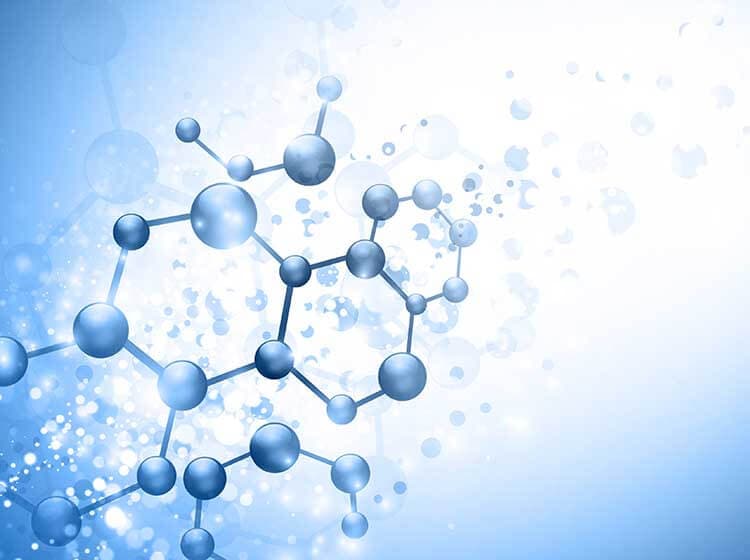Drain cleaners consist of a range of chemical formulas in order to unclog fats, oil, and grease (FOG) or solids from a blocked pipe. They work via a number of mechanisms to produce the same result, with varying rates of success (depending on the application).
CHEMICAL DRAIN CLEANERS FALL INTO THREE MAIN CATEGORIES:
- Acids
- Caustics
- Oxidizers
Acidic drain cleaners
Acid drain cleaners commonly contain a high concentration of sulfuric acid or hydrochloric acid, and typically come in liquid form. They work by a process of acid hydrolysis to dissolve the fats and solids that create a drain blockage.
Acid hydrolysis is the process of breaking down larger molecules into smaller molecules by adding acid and water to a substance. The acid ‘lends’ its hydrogen atoms to the water particles to evoke a chemical reaction.
Caustic drain cleaners
Caustic drain cleaners contain sodium hydroxide, commonly known as lye or caustic soda. They tend to come in a solid form. Caustic drain cleaners begin to work when aluminum reacts with sodium hydroxide and water to produce a hydrogen gas. The gas causes a fizzing, or bubbling reaction which helps to dislodge and break up fats and greases.
Oxidizing drain cleaners
Oxidizing drain cleaners contain chemicals such as sodium hypochlorite (bleach), hydrogen peroxide or nitrates – these are common household cleaners.
They work by a process of oxidation. The oxidizing agent, or cleaner, mix with water and loses electrons to the blockage mass so that the mass is heavier and easier to move through the blocked drain.
Chemical formulas found in common drain cleaners
The table below shows the most common chemicals found in drain cleaners, categorized by their classification with the chemical formula for each.
| Chemical name | Chemical formula | |
|---|---|---|
| Acids | Sulfuric acid | H2SO4 |
| Hydrochloric acid | HCl | |
| Caustics | Sodium hydroxide (lye or caustic soda) | NaOH |
| Potassium hydroxide | KOH | |
| Aluminum oxide | Al2O3 | |
| Oxidizers | Sodium hypochlorate (bleach) | NaClO |
| Hydrogen peroxide | H2O2 | |
| Nitrate | NO3– |
 India
India Australia & NZ
Australia & NZ 中国
中国 Indonesia
Indonesia 日本
日本 한국
한국 Malaysia
Malaysia Philippines
Philippines Singapore
Singapore 台灣
台灣 ประเทศไทย
ประเทศไทย Tiếng Việt
Tiếng Việt

